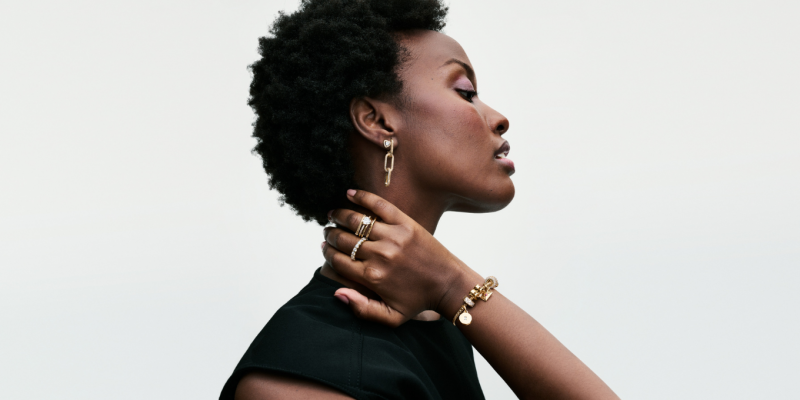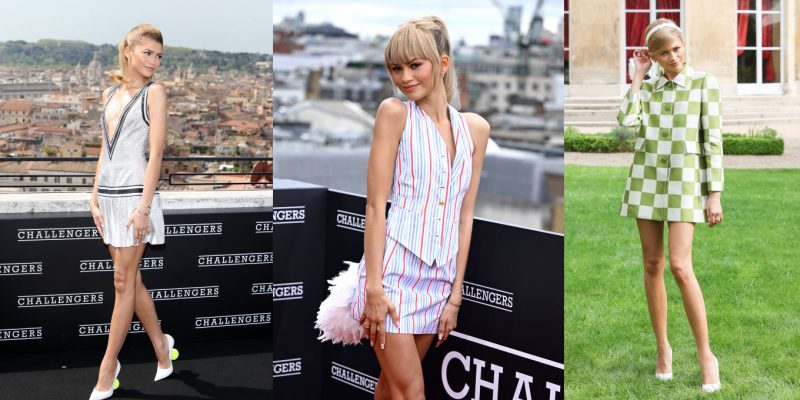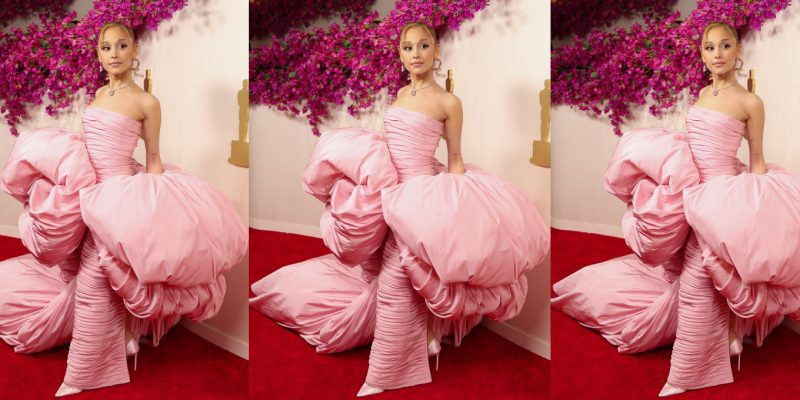Trends
Why the Fashion Industry Is All About Collaboration
Welcome to the fashion future, where designers are pairing up in unprecedented and delightfully taboo ways.
by : Randi Bergman- Jun 22nd, 2022
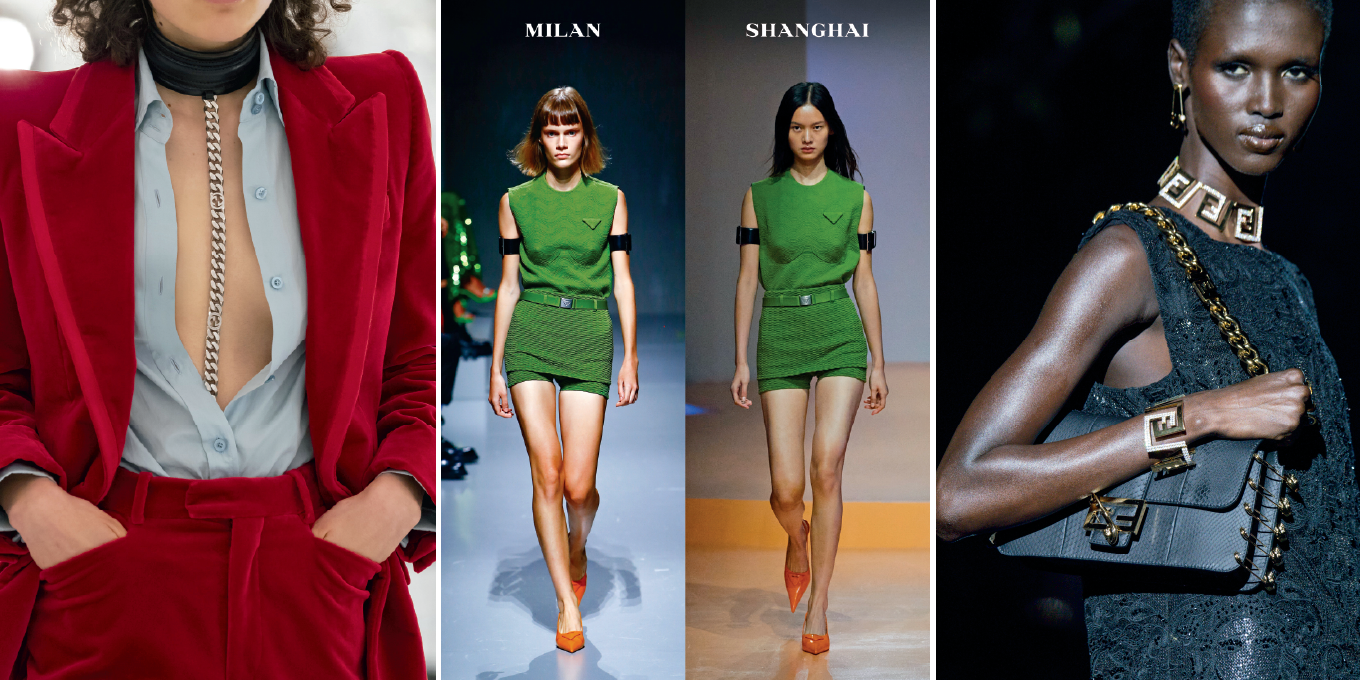
Imaxtree
When Alessandro Michele debuted his dazzling collection celebrating the first 100 years of Gucci this past April, it was full of odes to the Italian house’s biggest hits. There were nods to the equestrian codes of its inception. There was a reprisal of Tom Ford’s iconic 1996 red velvet tuxedo (this time with peaked shoulders and a fetishistic harness). And there were hints of the louche ’70s silhouettes likely to inhabit The House of Gucci, the forthcoming film about a titillatingly murderous period in the Gucci family’s history. Then there was something that left even the most seasoned fashion critics in disbelief: a parade of pieces, from a sculptural hip-padded jacket to head-to-toe florals to a spandex peplum, emblazoned with Balenciaga logos and peppered with the rival house’s signatures—all references to recent collections designed by creative director Demna Gvasalia. Michele was keen to clarify that this unprecedented outing was not a collaboration but the first display of his “hacking lab,” an ongoing project that will see him mine cultures, eras and designers for forthcoming Gucci collections.
Whatever it was, this meeting of minds was mystifying for many reasons, mainly because for the better part of the past decade, Michele and Gvasalia have been defining what it means to get dressed, each holding fast to opposite ends of the maximalist spectrum—Michele with his proliferation of retro, geek-chic stylings and Gvasalia with his severe Soviet edge. And while Gucci towers over Balenciaga in terms of market share (its value was estimated to be over $19 billion at the start of 2021), the two brands have been equally impactful when it comes to trendsetting.
“This industry thrives on provocation and disruption,” says J. P. Kuehlwein, adjunct professor of marketing at New York’s Fashion Institute of Technology and co-author of Rethinking Prestige Branding. “You might ask yourself ‘Why are they breaking the rules? I thought that was a big no-no.’ Well, that’s exactly why.” They’re shocking us into talking about it, says Kuehlwein. “It’s coming from a place that’s elevated from commerce and cultural norms because they lead us rather than follow.” All this to say: In working together, they double the buzz for Kering, the luxury conglomerate that owns both labels.
 Imaxtree
ImaxtreeIn a text thread between the two designers shared on Instagram Stories after the show, Gvasalia said, “For me, this is pretty much the magic of fashion—out of nowhere, something no longer relevant or forgotten becomes super relevant and ‘new’; it’s giving a new life and transforming one idea into another that is so exciting and creatively motivating!”
Gvasalia could easily have been alluding to the waning relevance of the designer collaboration itself. For the past two decades, this approach has been an oft-used page in the marketing playbook. Between Marc Jacobs commissioning Japanese artist Takashi Murakami to reimagine the Louis Vuitton monogram in 2003 and H&M bringing designers like Karl Lagerfeld, Stella McCartney and Maison Martin Margiela into the world of accessible price points, these collaborations have been essential conduits of newness for a perpetually distracted consumer. But it goes back further than that. In the 1930s, Elsa Schiaparelli famously worked with surrealist artists Jean Cocteau and Salvador Dalí on clothing that hovered somewhere between fashion and art. At the time, this would have gone against what early couture tried to present: the idea of a singular genius designer whose wares could never be duplicated. “It was so elite that you didn’t have to brand the clothing—people would recognize a Dior or a Chanel by its design,” says Alison Matthews David, a fashion-history professor at Toronto Metropolitan University’s Creative School. According to Matthews David, couturier Madeleine Vionnet was so invested in this perception that she went as far as putting her fingerprints on each of her garments as a signature.
Fast-forward to today and this idea has been all but torn to shreds. Miuccia Prada tossed it when she announced in 2020 that Raf Simons would be co-designing all Prada collections going forward. “I was always criticized because I never wanted to do collaborations,” she told The New York Times. “I always thought they were more about selling something, making money, than deep dialogue. But now we are doing a collaboration, and I’m very happy.”
“This industry thrives on provocation and disruption. ”
And then Donatella Versace, Silvia Venturini-Fendi and Fendi creative director Kim Jones followed suit, when they swapped visions and designed for one another for a one-off “Fendace” collection for pre-fall 2022. “This is not a collaboration,” the press materials insisted. “We’ve just done it as friends and out of respect for one another,” said Jones. There was no deeper corporate driver (Versace is owned by Capri Holdings, a smaller American competitor to Fendi’s LVMH); it just seemed foolish not to make the connection, she said. Seen through Fendi’s eyes, Versace’s ’90s chain-mail dresses are covered with the brand’s double-F logo. And through Versace’s, Fendi’s Zucco monogram is commingled with ornate Greek-mythology prints. “You might be two equivalent brands, but your audience reach might be in two different areas,” says Kuehlwein. The logos, for one thing, now have exposure across the board.
And sure, this melding may not have started as a commercial outing, but it certainly propels fashion into new territory, which leads to the question: What’s next? Fashion loves to innovate. But it also loves to iterate. “Iconic brands should be like themselves, but that’s not to say they should be boring,” says Kuehlwein. “They need to be reinterpreted, reimagined and kept fresh—but, ultimately, there must be a DNA that is uniquely theirs and that people desire. That is the myth of the brand—the ultimate authenticity.”
Read more:
The Surrealist Movement Is Taking Over the Fashion Industry
Conquering the Cosmos: A Retrospective of 1960s Fashion
Let’s Go Back to School: Preppy Fashion Is in Style Again
Newsletter
Join our mailing list for the latest and biggest in fashion trends, beauty, culture and celebrity.
Read Next
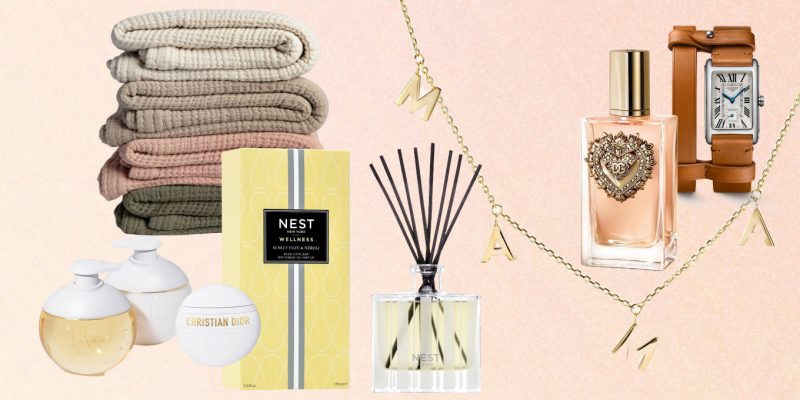
Fashion
21 Mother's Day Gifts for Every Type of Mom
From the loveliest spring fragrances to sentimental gifts she'll never stop loving.
by : ELLE Canada- May 3rd, 2024

Beauty
The Prettiest Mani-Pedi Colour Combos to Try This Summer
Mix and match.
by : Allie Turner- May 3rd, 2024
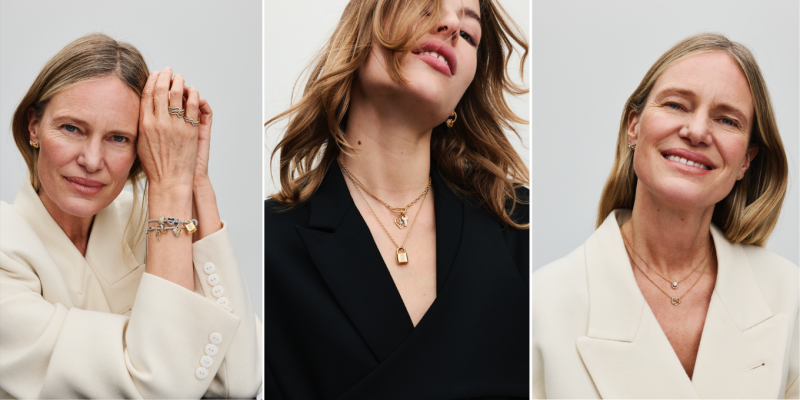
Fashion
8 Sparkling Jewellery Gifts to Give This Mother’s Day
Show your gratitude with pieces they’ll have forever and ever.
by : ELLE Canada- Apr 29th, 2024

